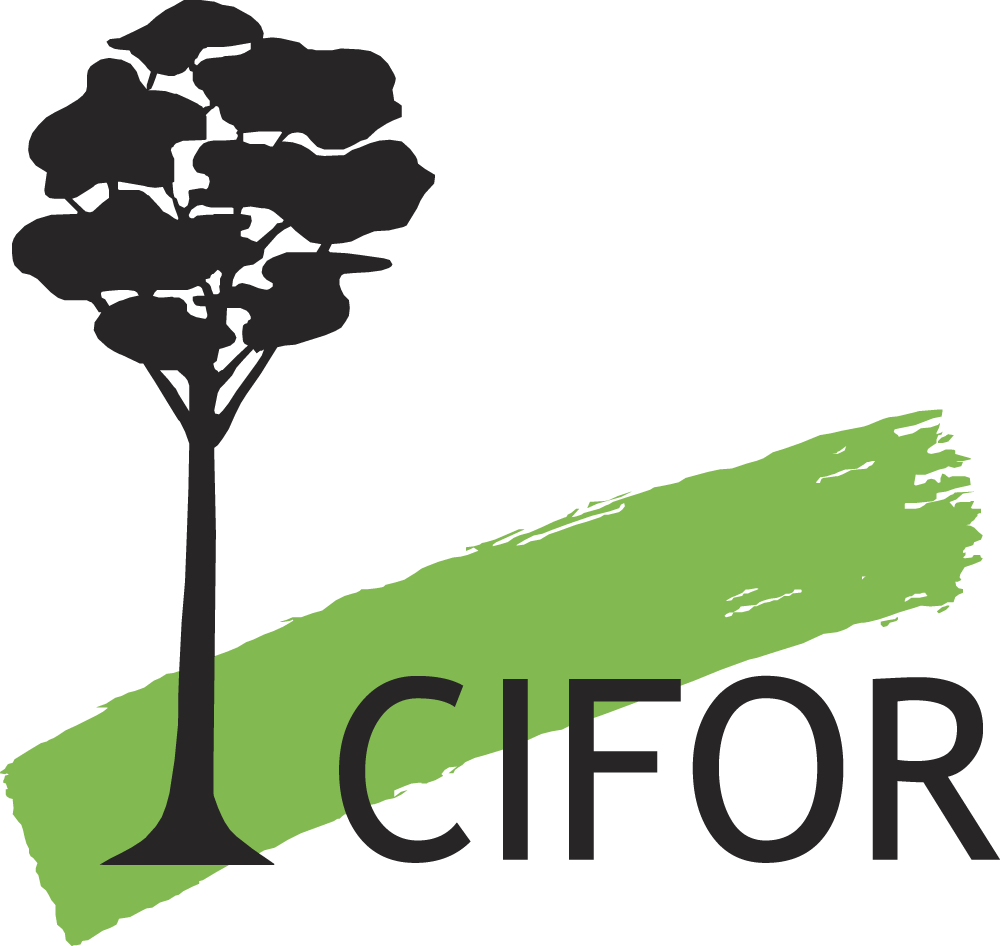Focal point
Location
The Center for International Forestry Research (CIFOR) is a non-profit, scientific facility that conducts research on the most pressing challenges of forest and landscapes management around the world. With our global, multidisciplinary approach, we aim to improve human well-being, protect the environment, and increase equity. To do so, we help policymakers, practitioners and communities make decisions based on solid science about how they use and manage their forests and landscapes.
Capacity building, collaboration and partnerships are essential to finding and implementing innovative solutions to the challenges that the globe faces. We are proud to work with local and international partners. We are a member of the CGIAR Consortium and lead the CGIAR Research Program on Forests, Trees and Agroforestry.
Our headquarters are in Bogor, Indonesia. We have offices in 8 countries across Asia, Latin America and Africa, and we work in more than 30 countries. Contact us for more information.
Resources
Displaying 771 - 775 of 808A review of fire projects in Indonesia (1982-1998)
Fire in the wet tropical climate of Indonesia is not a new phenomenon. The 'Great Fire of Borneo' in 1982-83 was one of the worst fire events in recent decades. Small holders clearing land for cultivation were primarily blamed for starting fires that rapidly spread out of control. Subsequent fires linked to El Nino-Southern Oscilation occurred in 1987, 1991 1994 and most recently in 1997-98.
Acacia mangium plantations in PT Musi Hutan Persada, South Sumatera, Indonesia
PT Musi Hutan Persada, a forestry company growing wood for pulp in South Sumatra manages about 200 000 ha of forest plantations, 90% of which consists of Acacia mangium. Most of the plantations are in an area with high rainfall and on red-yellow podzolic soil with inherently poor fertility and low pH. Inter-rotation site productivity and management have been identified by the company as one of the crucial issues for sustaining the long-term productivity of its plantations. This paper describes the study plan for inter-rotation site productivity and management of A.



